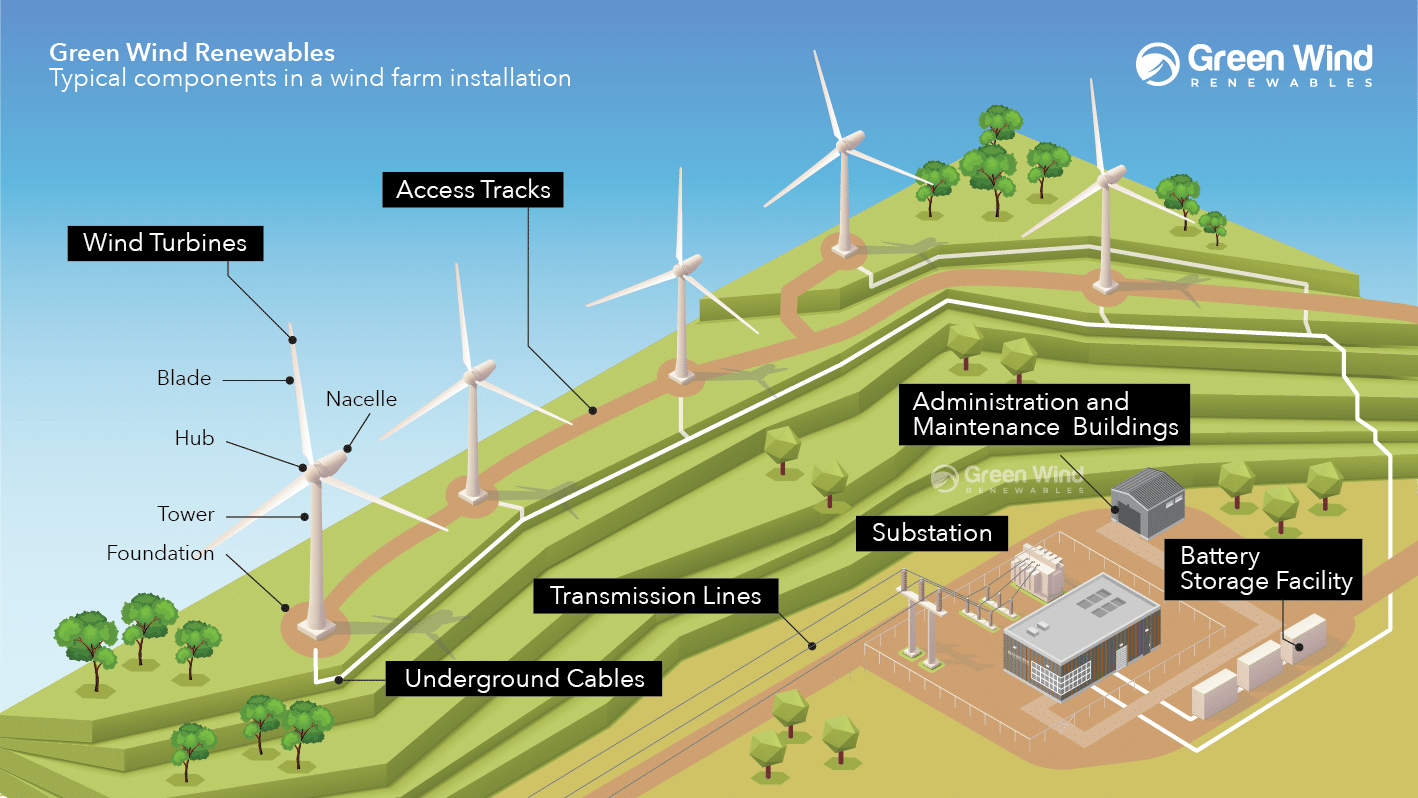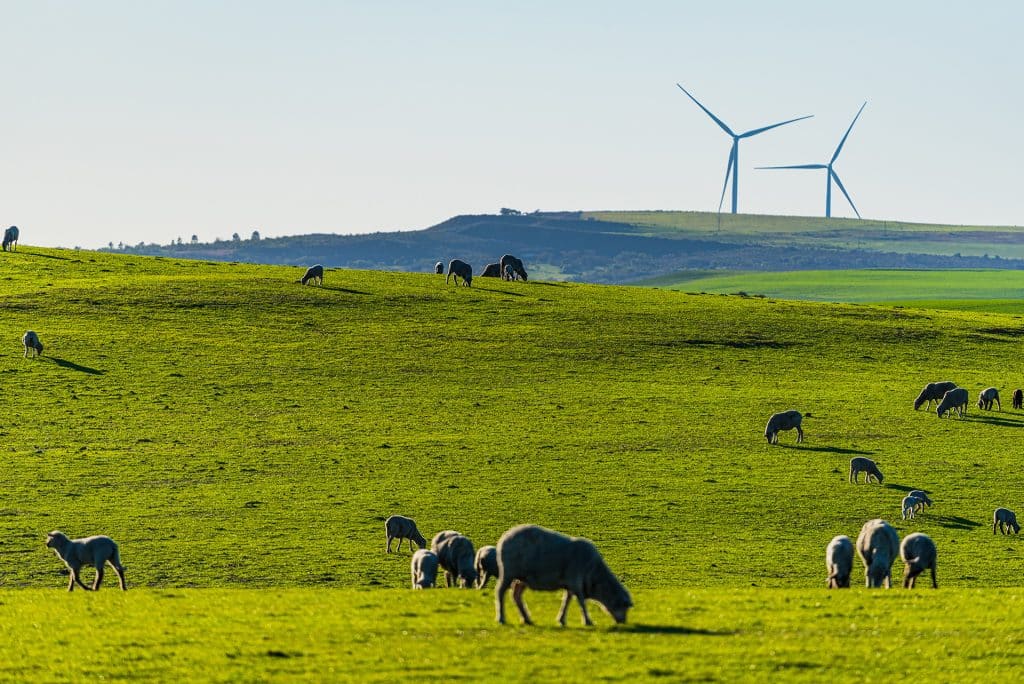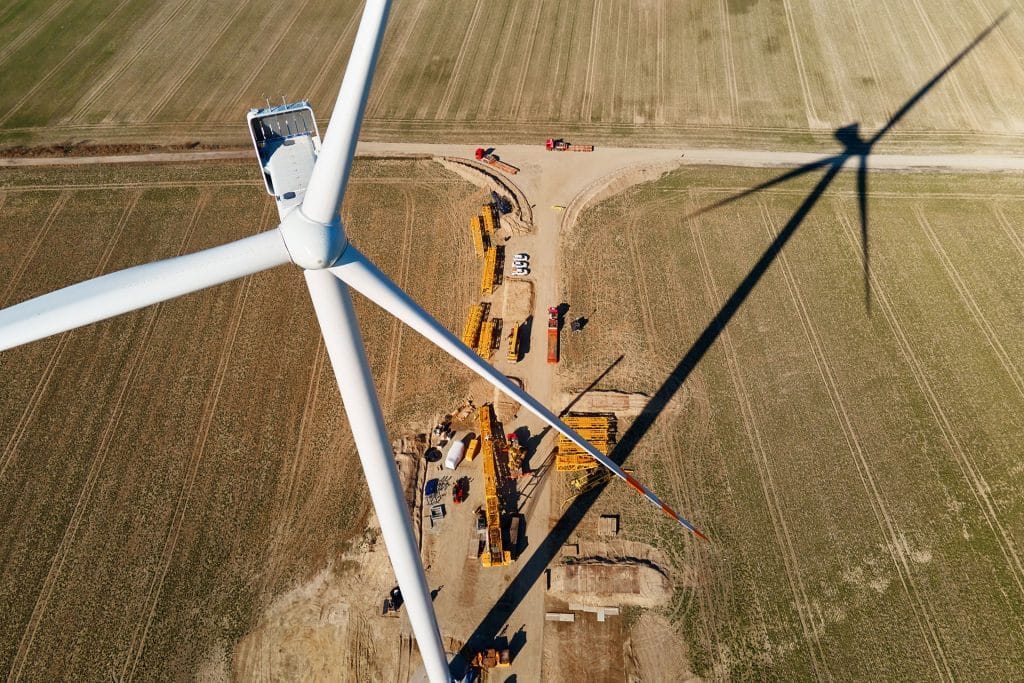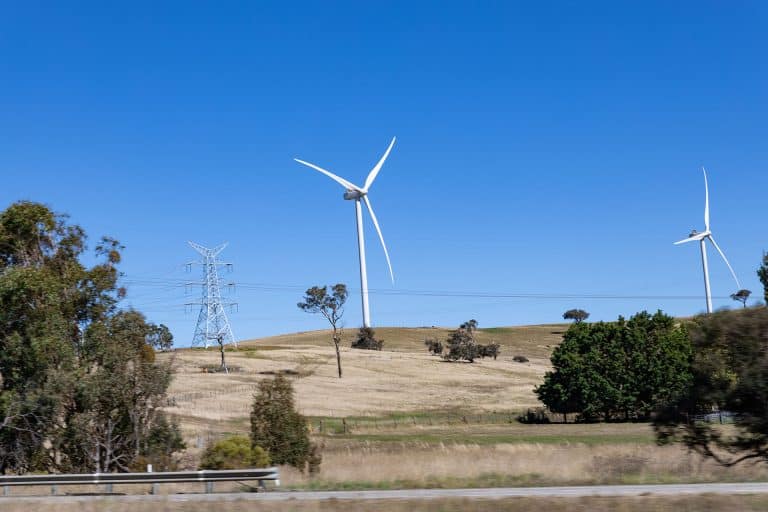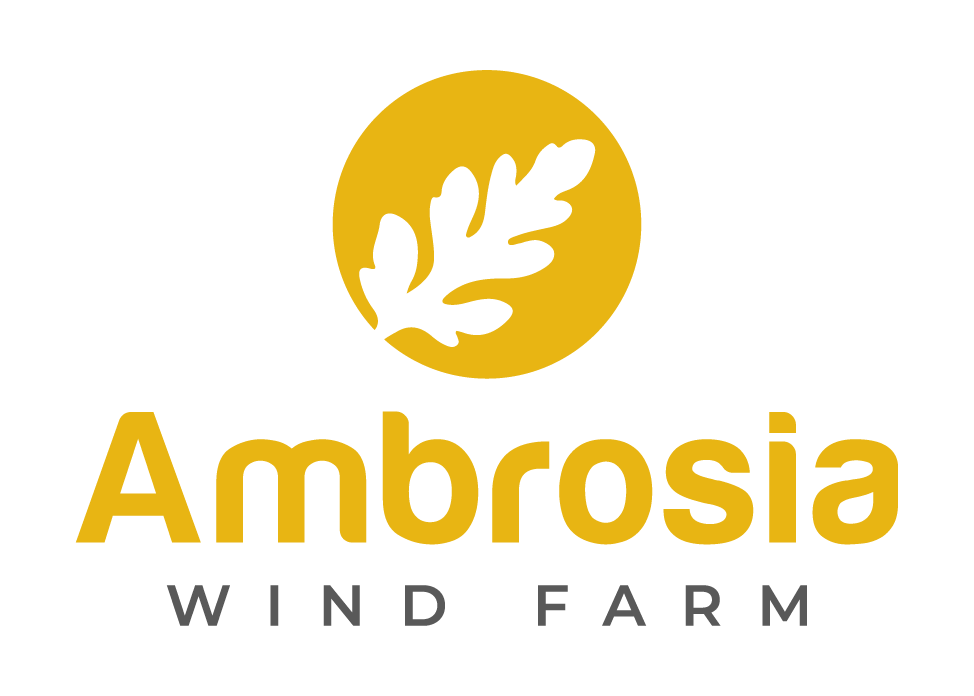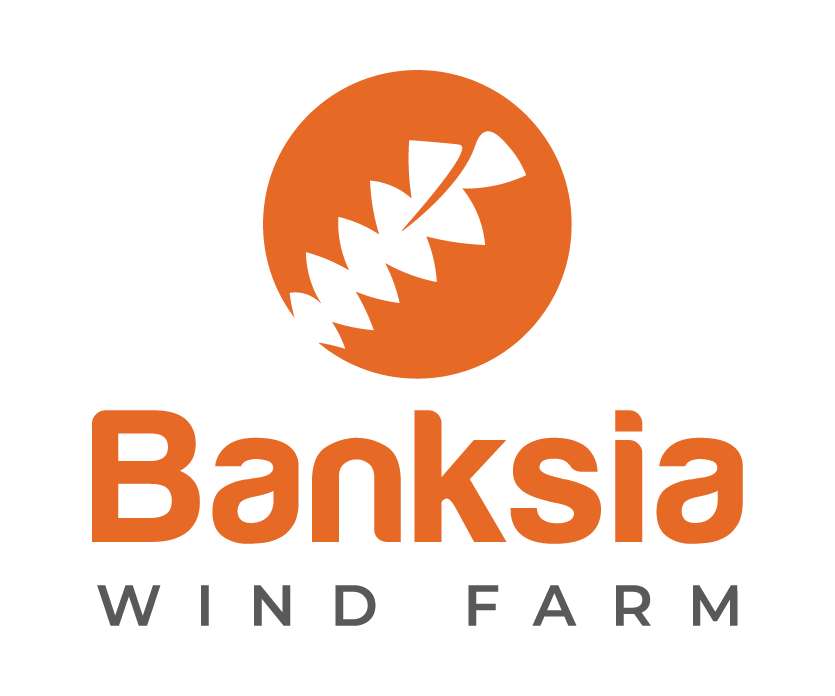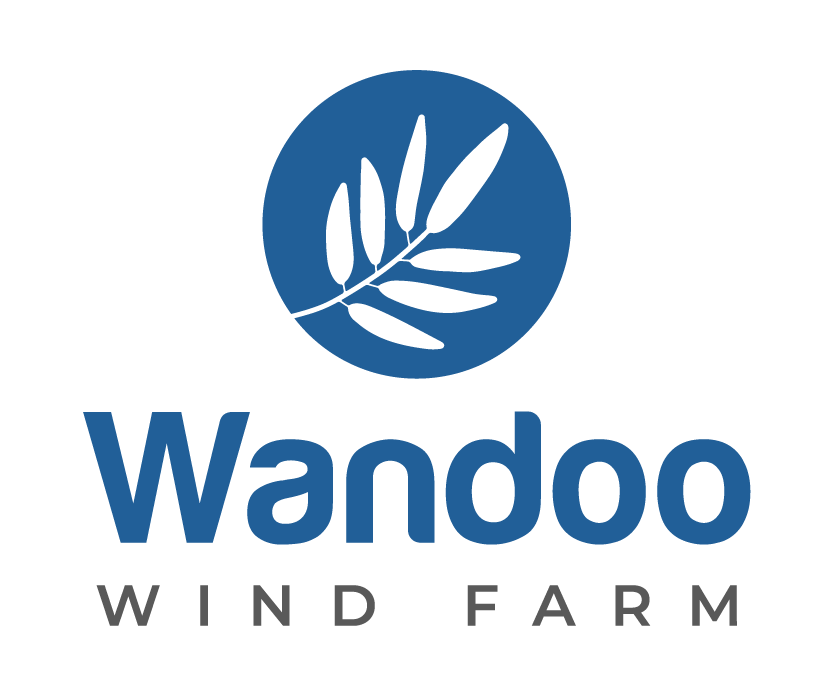Each wind turbine comprises a set of three blades called a rotor which is affixed to the top of a
Top 3 FAQs
A wind farm brings a multitude of benefits to a local community, extending its positive impact far beyond the generation
Wind farms can be constructed in a variety of locations, but their viability depends on several critical factors. Foremost among

